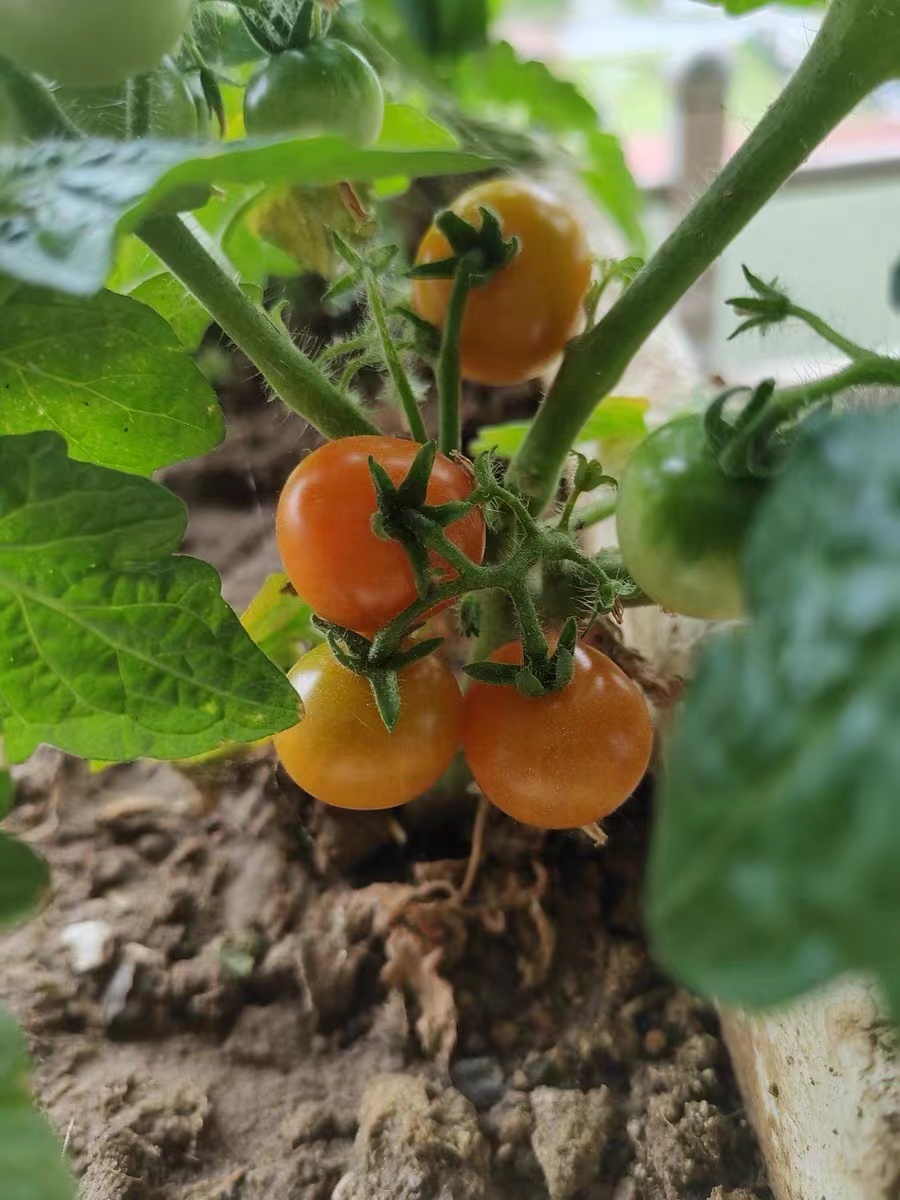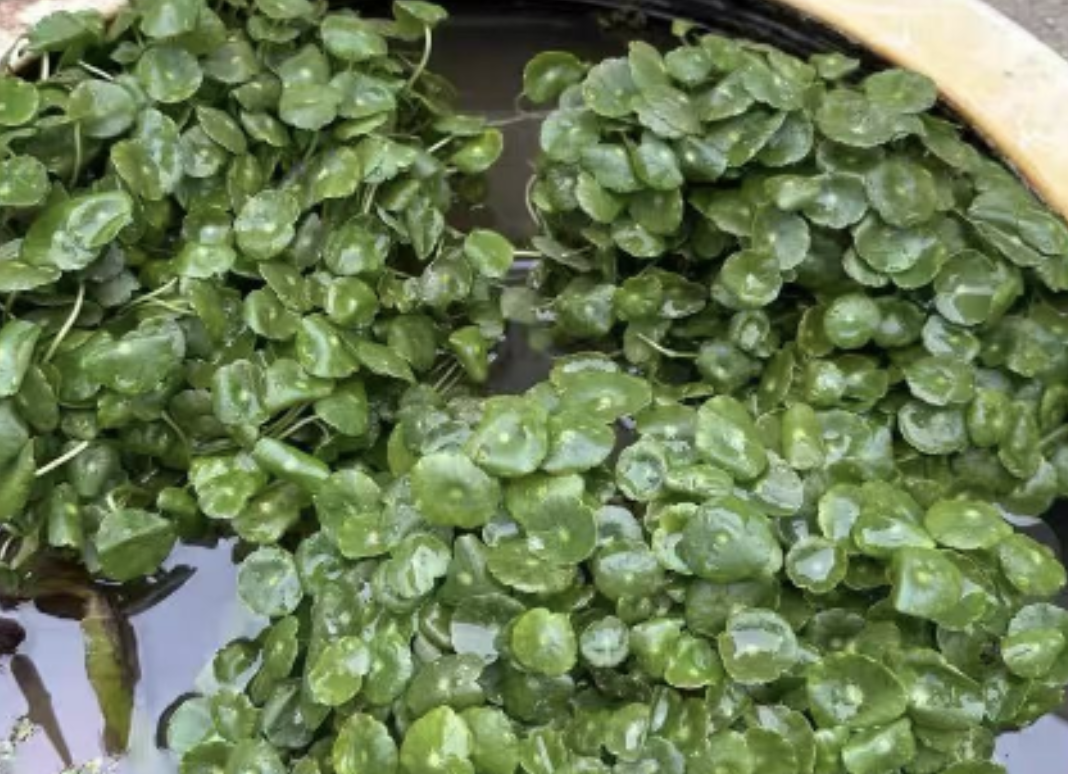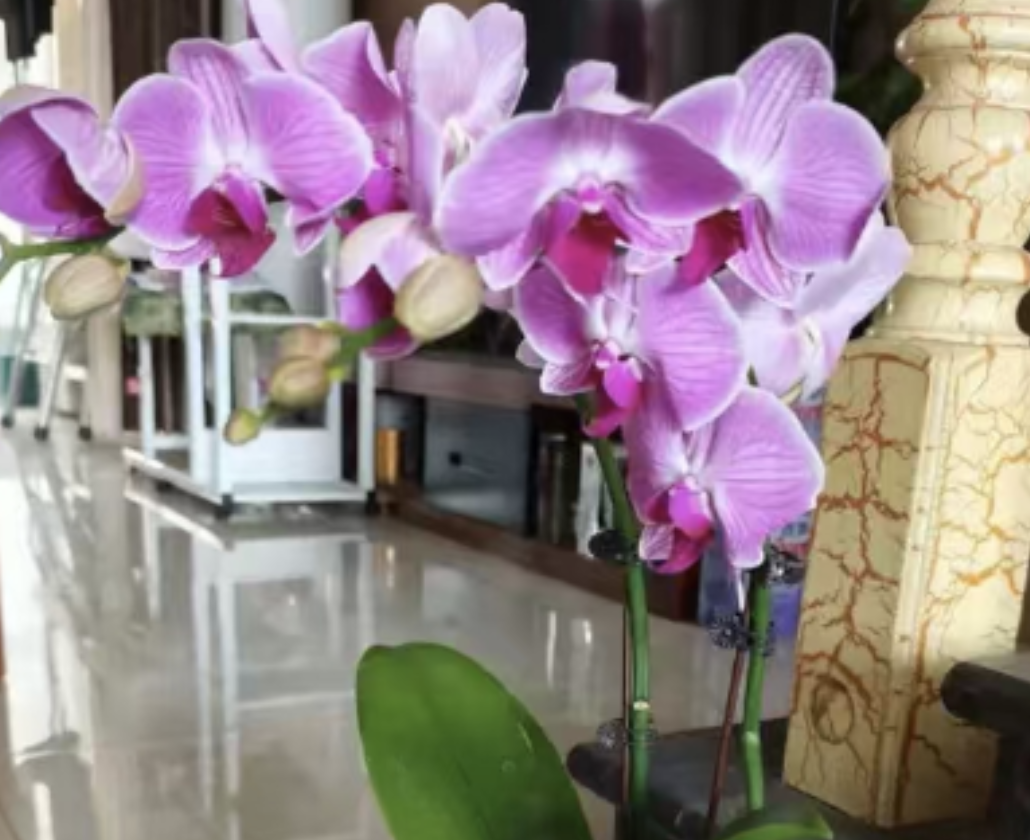In the city, growing delicious dwarf tomatoes with your own hands is a fulfilling thing. Even if you are a novice, there is no need to worry. As long as you master the correct method, you can also successfully grow delicious dwarf tomatoes at home.
Preparations before planting
There are multiple varieties of dwarf tomatoes. Novices can choose some varieties with strong disease resistance and good fruit taste. For example, common ones like "Mini Black Pearl" and "Yellow Cherry". These varieties not only have short plants suitable for home planting, but also have bright fruit colors and sweet tastes. Since dwarf tomato plants are relatively short, you can choose flowerpots or planting boxes with a diameter of about 20-30 centimeters. The container should have drainage holes to prevent root rot caused by water accumulation. Choose fertile, loose, and well-drained soil. You can buy specialized vegetable planting soil or prepare it yourself by mixing leaf mold soil, garden soil, and river sand in a certain proportion.
Sowing and seedling raising
Dwarf tomatoes are generally sown in spring or autumn. Spring sowing can be carried out when the temperature is stable above 15℃. Autumn sowing is appropriate when the temperature starts to drop but is not lower than 10℃. Put the soil into the container, water it thoroughly, then evenly scatter the seeds on the soil surface, and cover with a thin layer of soil with a thickness of about 1-2 times the diameter of the seeds. Finally, spray water with a watering can to keep the soil moist. After sowing, place the container in a warm and sunny place. Generally, the seeds will germinate in about 7-10 days. After germination, pay attention to keeping the soil moist but not waterlogged. When the seedlings grow 2-3 true leaves, thinning can be done to retain strong seedlings.
Transplanting and field planting
When the seedlings grow 4-5 true leaves, they can be transplanted. Before transplanting, water the soil in the container thoroughly to make it easier to take out the seedlings without damaging the roots. Dig a small hole in the prepared container, put the seedling into the hole, and then gently cover with soil to make the roots fully contact with the soil. After field planting, water once for root fixation.
Daily maintenance
Dwarf tomatoes need sufficient sunlight and should be guaranteed at least 6-8 hours of sunlight per day. You can place the container in a sunny place such as a balcony or windowsill. Dwarf tomatoes like a moist environment but cannot be waterlogged. Generally, water 2-3 times a week to keep the soil moist. In high temperatures in summer, increase the watering frequency appropriately.
During the growth process, dwarf tomatoes need an appropriate amount of fertilizer. You can apply a thin layer of organic fertilizer such as chicken manure or cow manure about 10 days after field planting. Apply fertilizer every 15-20 days later. Be careful not to over-fertilize to avoid burning the roots. During the growth process of dwarf tomatoes, timely pruning and branching should be done to remove redundant side branches and yellow leaves to ensure ventilation and light transmission and nutrient supply of the plant.
Growth cycle of dwarf tomatoes
The growth cycle of dwarf tomatoes is generally about 70-90 days. It takes 7-10 days from sowing to germination, 30-40 days from germination to flowering, and 20-30 days from flowering to fruiting. Under suitable environmental conditions, dwarf tomatoes can bear fruits continuously and provide you with delicious small tomatoes.
As long as you plant and maintain according to the above methods, you can grow delicious dwarf tomatoes at home. In this process, you can not only enjoy the fun of planting but also harvest healthy and delicious fruits. Come and try it!
How to grow delicious dwarf tomatoes at home?

Share with
Tagged in :




Leave a Reply